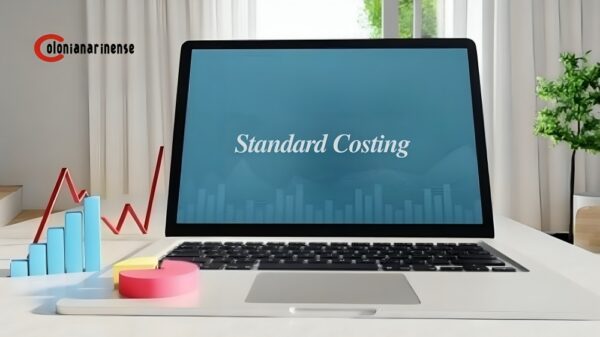Unlocking the Power of Standard Costing: Benefits, Drawbacks, and Key Insights

Standard Costing
In the world of manufacturing and production, businesses must calculate costs before launching any project or production batch. This crucial process is known as standard costing. By using standard costing, companies can predict the expenses involved in production and plan budgets effectively. But what are the advantages and disadvantages of using this method? In this article, we’ll dive into the pros and cons of standard costing and see how it can benefit or challenge businesses. Let’s get started.
| Aspect | Advantages of Standard Costing | Disadvantages of Standard Costing |
| Cost Control | Sets clear benchmarks for cost management and control. | Can cause complacency if actual costs always meet the set standards. |
| Performance Analysis | Helps in assessing and comparing performance by tracking actual vs. standard costs. | Requires frequent updates, which may become time-consuming. |
| Decision Making | Improves strategic planning and resource allocation. | Misjudged standards can lead to cost distortion. |
| Planning | Simplifies budgeting and forecasting by using predefined costs. | Can create stress if employees feel blamed for not meeting set standards. |
| Employee Behavior | Encourages cost-consciousness and boosts motivation to meet standards. | Tends to focus more on quantitative metrics and less on qualitative factors. |
Advantages of Standard Costing
Enhanced Cost Control
One of the greatest benefits of standard costing is the ability to monitor and control expenses effectively. By comparing actual costs with standard costs, businesses can identify areas where they are overspending and make necessary adjustments. It’s like regularly reviewing your grocery bills to ensure you’re staying on budget.
Better Budgeting
Standard costing helps in accurate budgeting. Since the costs are predetermined, businesses can forecast their financials with greater precision. This method acts as a financial map, ensuring companies stay on track and avoid overspending.
Improved Decision-Making
Standard costing isn’t just about managing numbers—it’s about providing key insights for strategic decision-making. With clear cost data, managers can allocate resources more effectively and make informed choices that align with the company’s goals.
Boosts Employee Accountability
Implementing standard costing helps define clear responsibilities for employees, motivating them to meet performance standards. This method sets clear goals, encouraging employees to strive for efficiency and potentially exceed expectations.
Simplifies Inventory Management
Standard costing offers a streamlined approach to inventory management. Instead of guessing the value of your stock, this method provides a structured way to track and manage inventory, making the process more efficient.
Disadvantages of Standard Costing
Difficulty in Keeping Up with Changing Markets
In fast-changing markets, standard costing can be challenging. The cost data used may become outdated quickly, leading to inaccurate financial assessments. It struggles to adapt when prices fluctuate frequently.
High Setup Costs
Setting up a standard costing system can be expensive and time-consuming, especially for smaller businesses. Establishing this system requires significant upfront investment, which may not be feasible for companies with limited resources.
Complexity and Risk of Obsolescence
Standard costing systems can be complex, making them difficult for some employees to understand. In addition, with constantly evolving market trends and technologies, these systems may become outdated quickly.
Risk of Setting Inaccurate Standards
Creating the right cost standards can be difficult. If the standards are inaccurate, the entire system falls apart, resulting in flawed cost analysis and poor decision-making.
Limited Use for Custom Products
For businesses that deal with unique or custom-made products, standard costing is not always a perfect fit. Determining standard costs for one-of-a-kind products can be difficult, limiting the effectiveness of this system for such industries.
Conclusion
Standard costing is an effective tool for managing costs, making budgeting more accurate, and improving decision-making. However, it also comes with its own set of challenges, such as high setup costs and difficulty in adapting to market changes. Understanding both the advantages and disadvantages can help businesses decide if standard costing is the right approach for them. If implemented correctly, it can offer a strategic advantage in managing financial health.
FAQs About Standard Costing
What is standard costing?
Standard costing is an accounting method used to estimate the cost of producing goods by setting predefined costs for materials, labor, and overhead.
How does standard costing help in cost control?
By comparing actual expenses to standard costs, businesses can identify where they are overspending and take corrective actions.
Can standard costing be applied to all types of businesses?
Standard costing works best in industries with repetitive processes and similar products. It may not be as effective for custom or unique products.
What are the challenges in setting standards for standard costing?
Setting accurate standards requires a deep understanding of business processes and market conditions. Incorrect standards can lead to distorted cost analysis and poor decisions.
How can standard costing improve employee performance?
By setting clear cost and performance targets, standard costing motivates employees to meet or exceed expectations, promoting cost-consciousness.





